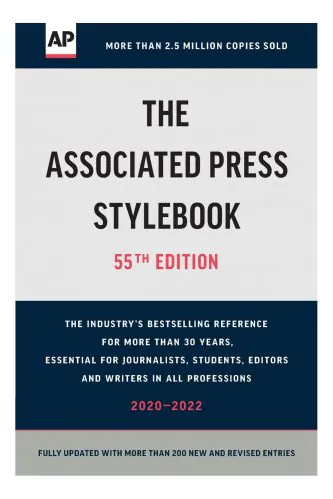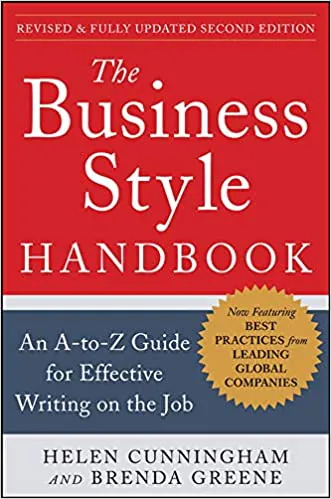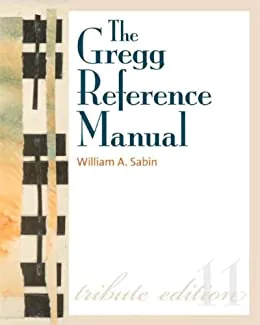
Proofreading Resources: Style Guides for Business Writing
Style guides are vital resources for proofreaders and editors. But the best style guide to use may depend on the type of writing at hand. So, which style guides are best for business writing? Here, we’re going to look at some examples, including:
- The Associated Press Stylebook
- The Chicago Manual of Style
- The Business Style Handbook: An A-to-Z Guide for Effective Writing on the Job
- The Gregg Reference Manual: A Manual of Style, Grammar, Usage, and Formatting
Read on below to find out more about all the above.
The Associated Press Stylebook
Originally developed for journalists, the The Associated Press Stylebook (or AP Stylebook for short) is also widely used by business writers. Reasons for this include:
- It provides a straightforward approach to style, focusing on clear, concise messaging.
- Information is presented alphabetically, making it easy to use.
- It contains a section dedicated to reporting business news, offering helpful advice on how to communicate corporate and financial concepts to a wider audience.
- It also contains information on editing and proofreader’s marks.
- You can get it as a physical book or access it online.
However, the advice in The AP Stylebook focuses on American English. As such, you may need to adapt some of the guidance if you are doing work for businesses outside the US.

Published by Lorenz Press.
In addition, The AP Stylebook is updated regularly (every three years). This means you need to be aware of changes to make sure your edits are in line with the latest version.
The Chicago Manual of Style
While mostly associated with academic writing, The Chicago Manual of Style (CMoS) is also used by publishers and businesses around the world. Advantages of Chicago style include:
- It is one of the most comprehensive style guides, offering detailed advice on almost any aspect of spelling, grammar, punctuation, or style that you can imagine. This means it can be used for many different writing styles, including business writing.
- It offers specific advice for proofreaders and editors (e.g., how to use proofreading marks).
- There is an online version for easier access (the book is quite big!).
From a business writing perspective, the main downside of this style guide is that it’s too comprehensive! Some of the information, such as the referencing system, won’t be relevant for most business documents. And it isn’t the easiest guide to navigate at times.
Nevertheless, Chicago style is popular with business writers. And the versatility of The Chicago Manual of Style makes it a good investment for most proofreaders and editors.
The Business Style Handbook
The Business Style Handbook: An A-to-Z Guide for Effective Writing on the Job was written by Helen Cunningham and Brenda Greene after surveying communications executives at Fortune 500 companies. It therefore focuses specifically on business communications.
For proofreaders, the most important section is the A to Z of advice on spelling, grammar, punctuation, and usage for terms and phrases commonly used in business writing. But it also contains advice on writing strategically and best practice for business communications.
As such, this style guide may be valuable if you primarily work on business writing.

The Gregg Reference Manual
On its eleventh edition as of 2020, The Gregg Reference Manual: A Manual of Style, Grammar, Usage, and Formatting has been used by businesses and professionals for more than 50 years, covering various aspects of spelling, grammar, punctuation, and formatting.
Written by William A. Sabin, this guide gets its name from John Robert Gregg, who developed a popular shorthand system and wrote various books on business practices.

In-House Style Sheets and Other Style Guides
Don’t forget that many businesses will have their own in-house style sheets. These might be based on an established style guide, but they’ll include variations unique to your client. Larger companies may even have a full style guide, covering all elements of branding.
Likewise, some companies will use a generic style guide for their chosen dialect (e.g., The Elements of Style for American English). Or they might use an academic style guide related to their industry (e.g., IEEE style for companies involved in technology and engineering).
In these cases, make sure to follow the specified style when proofreading.
Become a Proofreader with Knowadays
Our Becoming A Proofreader course includes advice on proofreading for style and on how to use style guides effectively. To find out more, sign up for a free trial today.



Leave a Comment
Your email address will not be published.